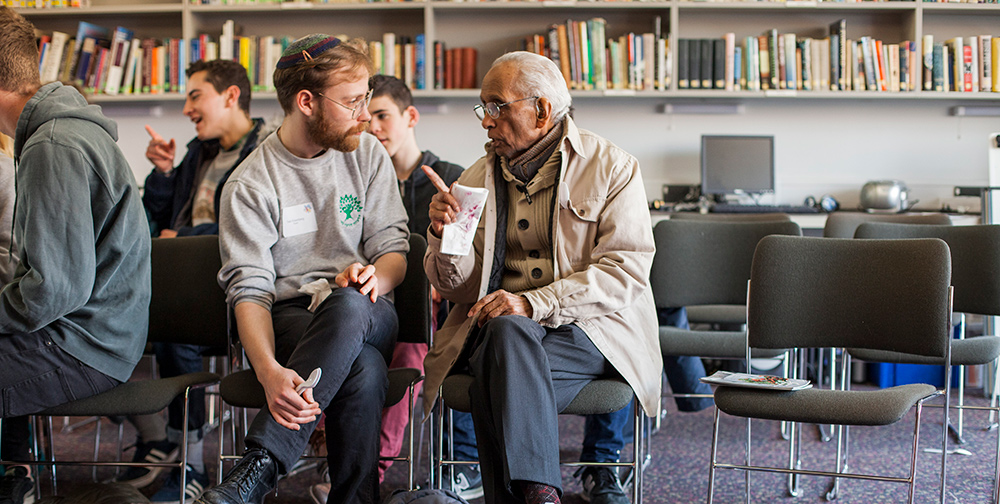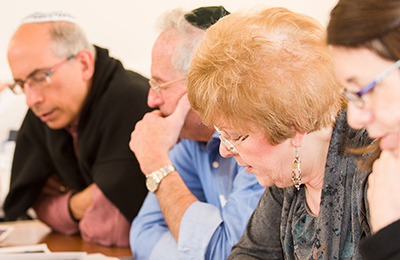Beshalach

We have encountered Miriam before, but her role (Exodus 2: 4-8) in saving her baby brother’s life was anonymised. Why? Now, she is a prophetess and Aaron’s sister (Exodus 15:20). What did she prophesy and when? Why is she not also identified as Moses’s sister, particularly after her intervention at the Nile? What does her name mean? Did she ever marry? If so, who? Did she have kids? I have no satisfactory answers to any of these questions. Surely, the Torah mentions her famous well of water that kept the Israelites hydrated during their 40-year sojourn in the Sinai wilderness? Let me know when you find the source.
I hope that I have demonstrated that Miriam’s life is shrouded in mystery. And I would like to compound your frustration with one more question: What exactly did she do at the Reed Sea?
That depends on how you interpret the phrase: Vata’an lahem Miriam shiru l’Adonai. (Exodus 15:21)
You can find Vata’an lahem Miriam translated as “Miriam answered them” or “Miriam called out to them” or “Miriam chanted to them” or “Miriam sang to them”… shiru l’Adonai – “sing to the Lord.”
Does it matter? It does, if you are an Orthodox, feminist Jew who wants to be a more active participant in Judaism, but whose voice is silenced in the home and in shul by the halachic principle known as Kol Isha –“voice of a woman”.
If Miriam sang and if her voice was heard by men, then the Torah appears to be overruled by the Babylonian Talmud, which states: “A woman’s singing voice is considered nakedness” (Brachot 24a). The Amoraim (Sages of the Talmud), during a discussion about when a man could not recite the Shema, quoted from Shir HaShirim: “Show me your appearance, let me hear your voice, for your voice is pleasant and your appearance is beautiful” (Song of Songs 2:14). This book is erotic, and some Sages felt that men would have “impure thoughts” during their prayers if they were distracted by women’s voices.
The overriding concern seems to be tzniut, modesty, which was used to explain why the Israelites did not mourn even for one day when Miriam died (Numbers 20:1): she was immodest because she should not have taken on public duties. She should have been silent.
The principle of Kol Isha is still rigorously applied in many Orthodox communities today. In this country and across the Commonwealth, it spelt the death-knell of mixed choirs in the United Synagogue. For example, in 1986 Hampstead reluctantly disbanded its mixed choir, which promptly moved 1. miles down the road to New London Synagogue!
Before we in Masorti UK indulge in self-congratulation for being more enlightened, we should acknowledge that freedom of religious expression for women is neither uniformly welcomed nor understood by members of both sexes. Individual congregations continue to wrestle with the issues, with mixed results. I believe the rabbinic (and secular) leadership of the movement could provide professional guidance on the issues of female inclusivity and spiritual empowerment, in the hope that halachic, as well as societal, egalitarianism will create a more participatory, knowledgeable and observant community of Masorti Jews.
Nahum Gordon is a member of Kol Nefesh and founder of the Torah Chat Bible study group.




